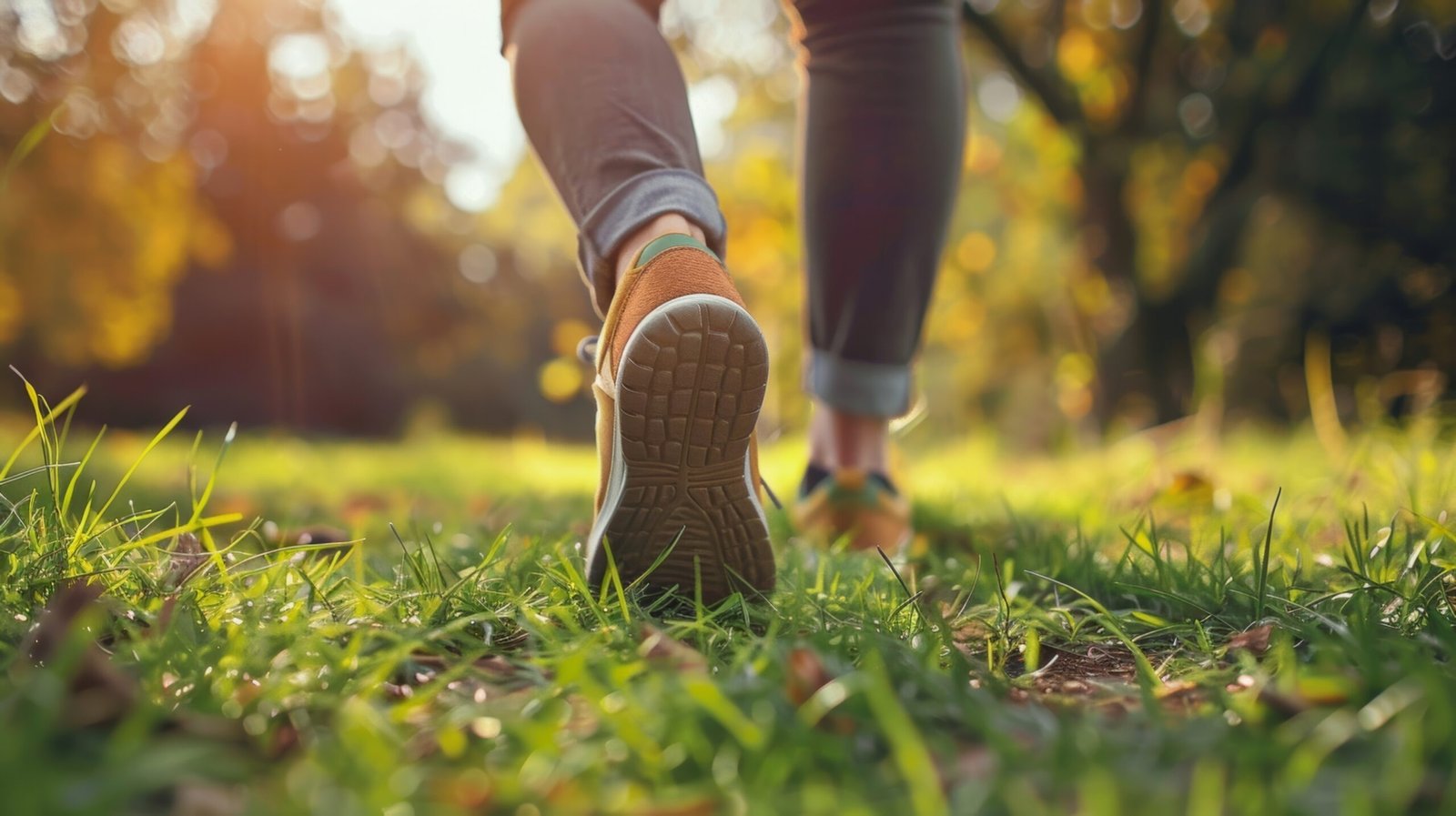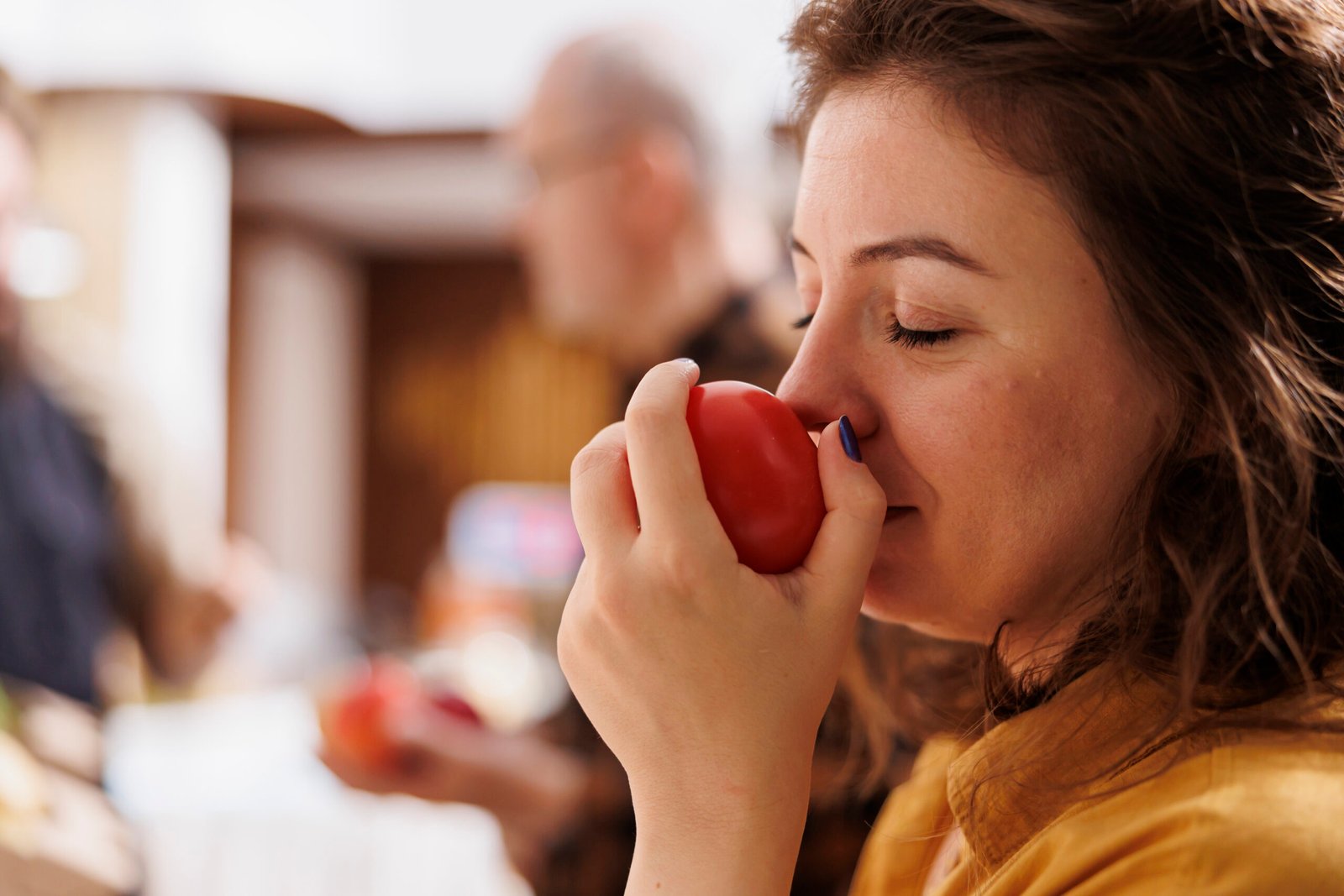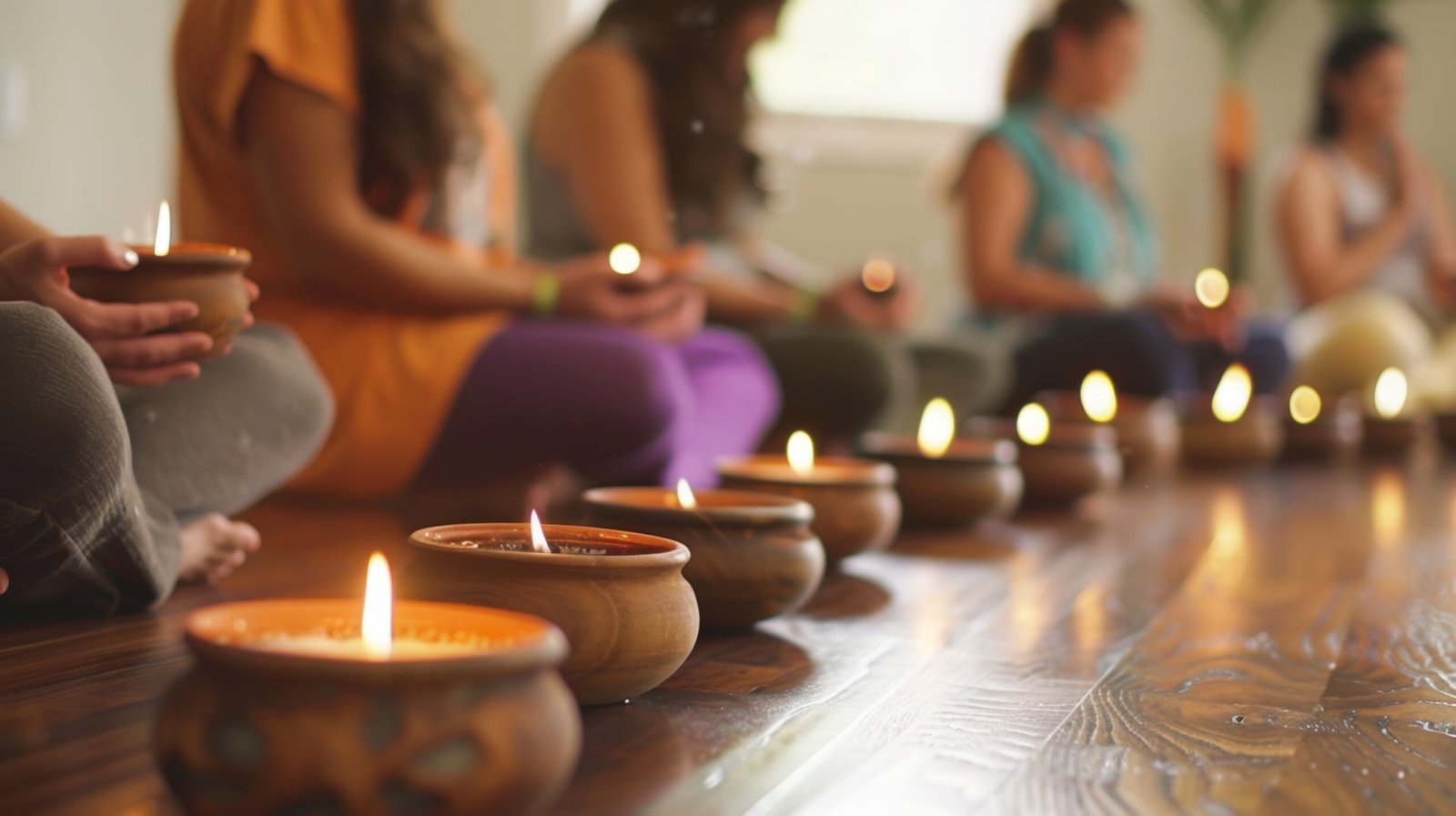Mindfulness Techniques to Reduce Stress and Anxiety
In the fast-paced world we live in, stress and anxiety have become routine companions for many. Whether it’s the incessant ping of notifications, the pressure of looming deadlines, or personal responsibilities, our minds constantly race to keep up. However, what if I told you that there is a simple yet transformative toolkit at your disposal, one that can help you reclaim your peace of mind? Enter mindfulness—a practice rooted in ancient traditions that empowers you to ground yourself in the present moment and cultivate a sense of calm amidst the chaos.
In this article, we will explore a variety of mindfulness techniques designed to reduce stress and anxiety, along with the myriad benefits associated with each approach. By incorporating these strategies into your daily life, you can develop a resilient mindset that enables you to navigate life’s challenges with greater ease.

Understanding Mindfulness
At its core, mindfulness involves paying careful attention to the present moment without judgment. It encourages individuals to observe their thoughts, feelings, and sensations in a manner that fosters acceptance and awareness. Mindfulness helps break the cycle of anxiety and stress by shifting focus away from the past or future—both of which often fuel worry—and instead centers attention on what is happening right now.
The benefits of regular mindfulness practice are well-documented. Research suggests that it can lead to reductions in anxiety and depression, improved emotional regulation, enhanced focus and concentration, and even physical health benefits such as lower blood pressure and improved immune function. With that foundation laid, let’s delve into specific mindfulness techniques you can adopt.

1. Mindful Breathing
One of the simplest and most effective mindfulness techniques is mindful breathing. This practice involves focusing your attention on your breath, observing its natural rhythm without attempting to alter it.
How to Practice
Find a comfortable seated position.
Close your eyes (if comfortable) or lower your gaze.
Take a deep breath in through your nose, allowing your abdomen to expand.
Exhale slowly through your mouth, noticing the sensation of the air leaving your body.
Continue to breathe normally, directing your attention to the rise and fall of your chest or belly.
If your mind wanders, gently redirect your attention back to your breath.
Benefits:
- Reduction in Anxiety: Focusing on your breath can help calm the mind and create a sense of stability, which is particularly beneficial during moments of heightened anxiety.
- Improved Concentration: Regular practice of mindful breathing enhances one’s ability to focus by training the brain to return to the present.
- Physical Relaxation: Deep, conscious breaths activate the parasympathetic nervous system, promoting relaxation and reducing physical tension.

2. Body Scan Meditation
Body scan meditation involves mentally scanning your body for areas of tension while cultivating a sense of awareness and acceptance. This technique helps create a deeper connection between the mind and body.
How to Practice
Lie down in a comfortable position with your arms at your sides.
Close your eyes and take a few deep breaths.
Begin with your toes, noticing any sensations. Are they warm, cold, tense, or relaxed?
Gradually move your attention up through your body—feet, legs, abdomen, chest, arms, neck, and head—observing each part.
If you find tension, take a deep breath and consciously relax that area before moving on.
Spend a few moments in quiet reflection once you’ve scanned your entire body.
Benefits:
- Enhanced Body Awareness: This practice encourages individuals to tune into their bodies, fostering awareness of physical sensations and emotional responses.
- Stress Relief: By releasing physical tension, body scan meditation can significantly alleviate stress and promote relaxation.
- Encouragement of Acceptance: It inspires a non-judgmental attitude toward bodily sensations, reducing the tendency to react negatively to discomfort.

3. Mindful Walking
Mindful walking combines movement with mindfulness, allowing you to connect with your surroundings while cultivating presence.
How to Practice
Choose a quiet space, indoors or outdoors, with enough room to walk back and forth.
Stand still for a moment, taking a few deep breaths to center yourself.
Begin to walk slowly, paying attention to the sensations in your body as you move—how your feet touch the ground, the muscles activated in your legs, and the rhythm of your breath.
If you notice your mind wandering, gently bring your focus back to the act of walking.
You can choose to walk for a set duration or distance, maintaining mindfulness throughout.
Benefits:
- Connection with Nature: If practiced outdoors, mindful walking allows you to engage with nature, which can further reduce feelings of anxiety and enhance overall well-being.
- Physical and Mental Integration: This technique encourages the integration of physical movement with mental awareness, promoting a holistic sense of calm.
- Good Exercise: Mindful walking is a gentle way to incorporate physical activity into your routine, with added mental wellness benefits.

4. Mindful Journaling
Mindful journaling offers a way to explore thoughts and feelings through writing, promoting self-reflection and emotional clarity.
How to Practice
Set aside 10-20 minutes in a quiet space with a journal and pen.
Begin by taking a few deep breaths to center your mind.
Write freely about your thoughts, emotions, and experiences, focusing on the present moment.
You can use prompts such as “What am I feeling right now?” or “What brings me joy?” to guide your writing.
Allow yourself to express without self-judgment or censorship.
Benefits:
- Emotional Clarity: Writing mindfully can help individuals process their feelings, providing clarity and insight into their experiences.
- Stress Reduction: Putting thoughts on paper can reduce mental clutter and alleviate feelings of overwhelm.
- Enhanced Gratitude: Mindful journaling often leads to the recognition of positive experiences, which can promote feelings of gratitude and well-being.

5. Mindful Eating
Mindful eating is the practice of paying full attention to the experience of eating, focusing on flavors, textures, and sensations.
How to Practice
Choose a meal or snack to eat mindfully without distractions (e.g., no TV or phone).
Before you start, take a moment to appreciate the food—its colors, smells, and presentation.
Take small bites, savoring each one while focusing on the taste and texture.
Notice the sensations of hunger and fullness throughout the meal.
Reflect on the experience afterward, considering how the food made you feel physically and emotionally.
Benefits:
- Better Digestion: Slower, more mindful eating can contribute to better digestion and reduced gastrointestinal discomfort.
- Weight Awareness: Mindful eating can foster a healthier relationship with food, helping individuals recognize hunger cues and avoid overeating.
- Heightened Enjoyment: Rediscovering the joys of eating can enhance appreciation for food, making meals more satisfying.

6. Guided Meditation
Guided meditation involves listening to a facilitator or recording that takes you through a meditation practice. This technique is particularly beneficial for beginners.
How to Practice
Choose a quiet place where you won’t be disturbed.
Find a comfortable position—sitting or lying down.
Select a guided meditation recording that resonates with you; many are available online or via apps.
Close your eyes and focus on the facilitator’s voice, allowing yourself to be led through the meditation.
Benefits:
- Reduced Overwhelm: Guided meditations can provide structure and support, making it easier for beginners to stay focused.
- Variety of Themes: With numerous guided meditations available, you can tailor your practice to your needs, whether seeking relaxation, focus, or emotional healing.
- Community Connection: Many guided practices are available in group settings, fostering a sense of community and shared experience.

7. Gratitude Practice
A gratitude practice involves regularly reflecting on and acknowledging the things you are thankful for, which can shift your focus from stressors to positive aspects of life.
How to Practice
Dedicate time each day (morning or evening) to reflect on things you are grateful for.
Consider keeping a gratitude journal where you write down at least three things you appreciate each day.
Reflect on why you’re grateful for these things and how they positively impact your life.
Consider expressing gratitude to others, whether through notes, messages, or verbal acknowledgments.
Benefits:
- Shift in Perspective: Regularly practicing gratitude can help shift your focus away from stressors and difficulties, enhancing overall well-being.
- Improved Relationships: Expressing gratitude can strengthen connections with others, fostering a sense of community and support.
- Enhanced Emotional Resilience: Cultivating gratitude can lead to increased emotional resilience and a greater ability to cope with challenges.

8. Digital Detox
A digital detox involves taking intentional breaks from technology—social media, email, and other digital distractions—to foster mindfulness and presence.
How to Practice
Decide on a duration for your digital detox (ranging from a few hours to an entire weekend).
Inform others about your detox to manage expectations and maintain connection.
During the detox, engage in activities that promote mindfulness—reading, spending time in nature, or meditating—free from digital interruptions.
Reflect on your experience afterward, considering how it felt to be without digital distractions.
Benefits:
- Reduced Anxiety: Disconnecting from the digital world can alleviate the pressure of constant notifications and social comparisons that often contribute to anxiety.
- Improved Focus and Productivity: Taking breaks from screens can enhance concentration and creativity, allowing for greater productivity in other areas.
- Greater Connection to Reality: Engaging fully with your environment fosters a deeper appreciation for the present moment and the world around you.
Conclusion:
Incorporating mindfulness techniques into your daily routine can serve as a potent antidote to stress and anxiety. Each of these practices—whether through mindful breathing, body scans, walking, or journaling—offers unique benefits that can enhance your overall well-being. As you explore these techniques, remember that mindfulness is a journey, not a destination. Consistency, curiosity, and self-compassion will guide you along the way.



















0 Comments